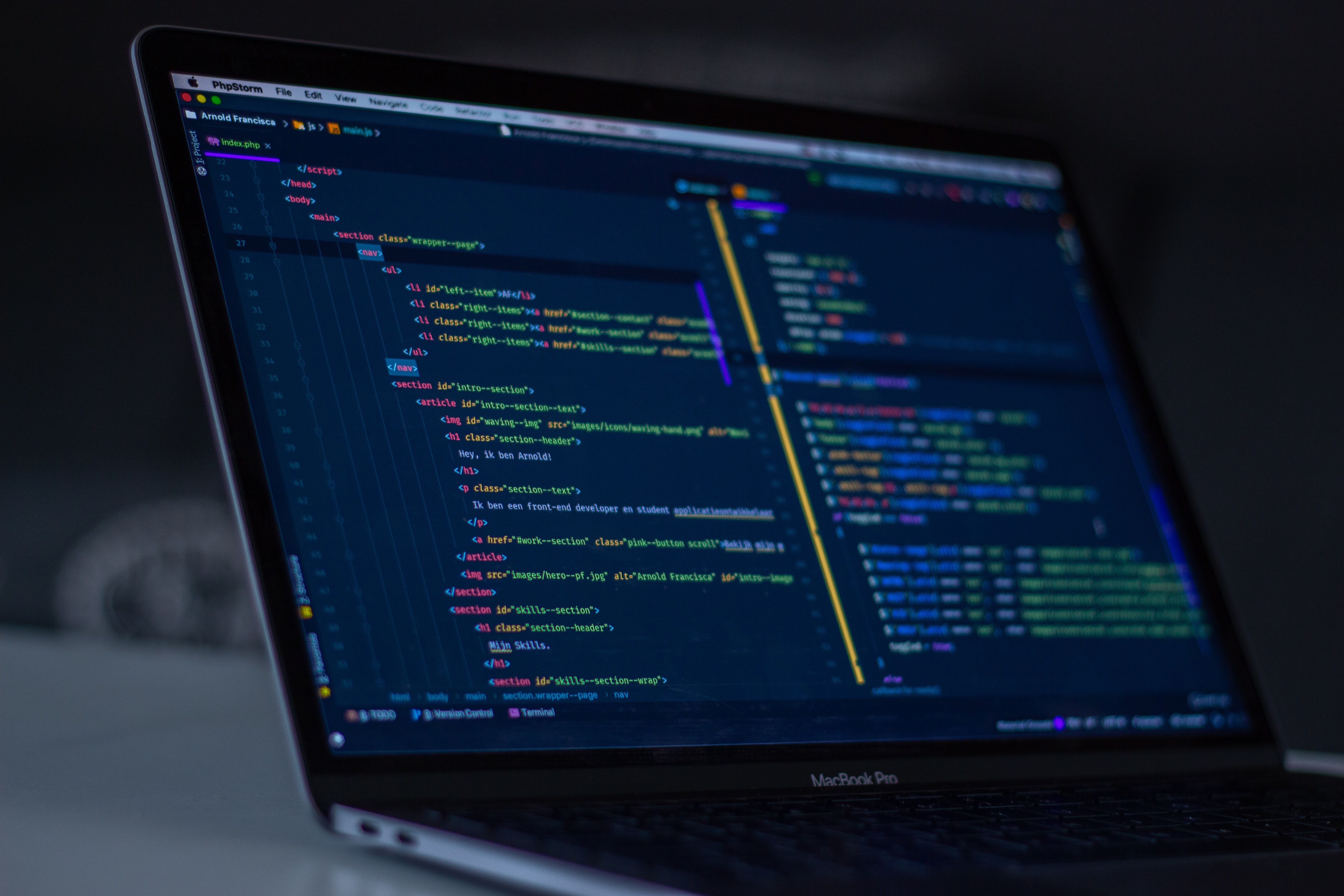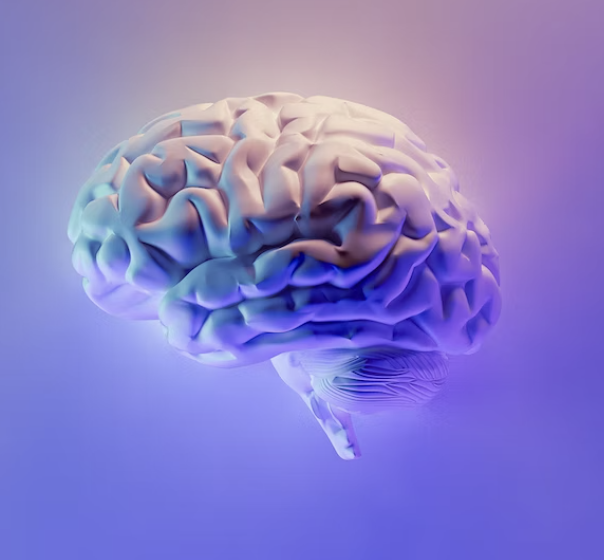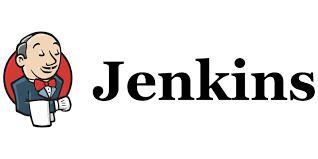Automation
Developing Machine Learning Models for Production

Sinan Ozdemir
Data Scientist, Entrepreneur, and Author
Introduction to ML automation
- Automation ensures reliability & efficiency of ML pipelines
- Reduces risk of human error
- Streamlines development & deployment process
- The four main MLOps principles are:
- Continuous Integration (CI)
- Continuous Deployment (CD)
- Continuous Training (CT)
- Continuous Monitoring (CM)
Four principles of automation
Continuous Integration (CI)
Integrating code changes into a shared repository regularly

Continuous Delivery (CD)
Automatically building, testing, and deploying code changes

Continuous Training (CT) Continuously training & updating the model with new data

Continuous Monitoring (CM)
Monitoring model performance and accuracy on an ongoing basis

Continuous integration and delivery
Continuous Integration (CI)
- Ensures code always in working state
- Reduces risk of human error
- Catches issues early
Continuous Delivery (CD)
- Quick & consistent model deployment
- Reduces time to bring models to production
- Reduces risk of human error
CI/CD tools: Git, AWS CodePipeline, Jenkins, Travis CI

Continuous training and monitoring
Continuous Training (CT)
- Ensures model accuracy & up-to-date
- Reduces risk of model decay
- Reduces time to re-train
Continuous Monitoring (CM)
- Reduces risk of model decay
- Improves overall accuracy
- Access to consistent & reliable ML metrics
- Identifies issues early

Example of ML automation at scale
CI: The code for the model is committed to Git.
CD: The committed code is built and tested using a CI/CD tool like Jenkins. If they pass, we deploy.
- The model is serialized.
- Dependencies are set using Docker.
- The Docker image is deployed.
CM: Model performance is continuously monitored.
- Monitoring informs decisions about the model.
- CM tools include Prometheus & Grafana
CT: The model is trained on new data.
New code is written / models are updated ... back to step 1
Let's practice!
Developing Machine Learning Models for Production

